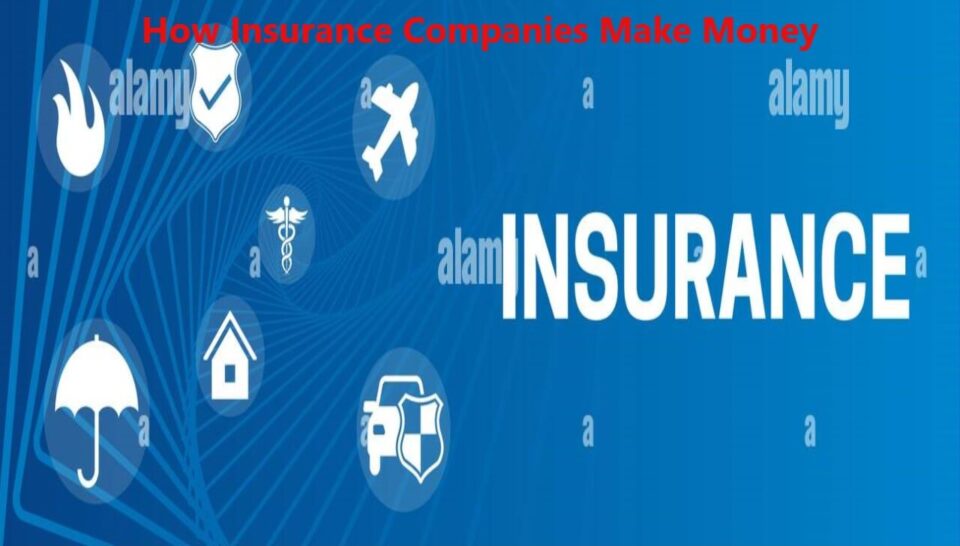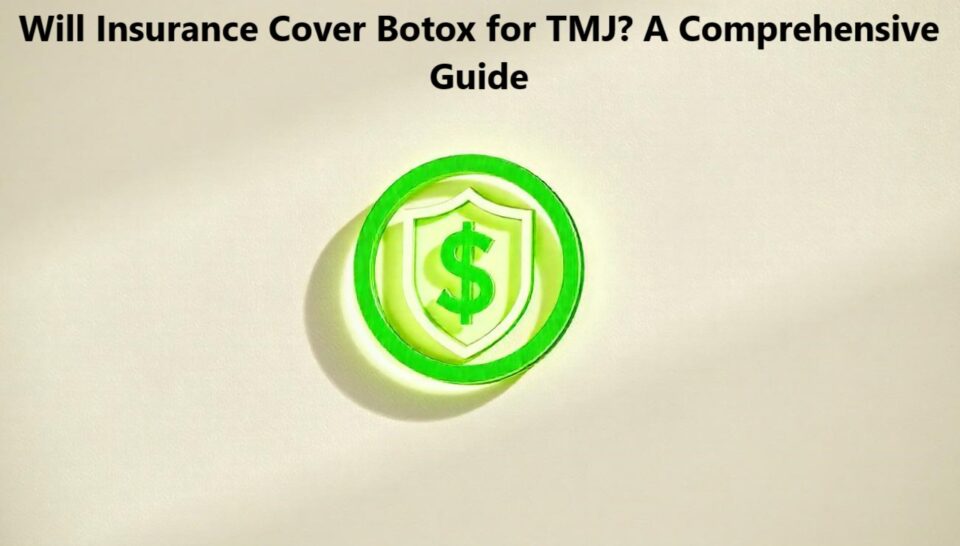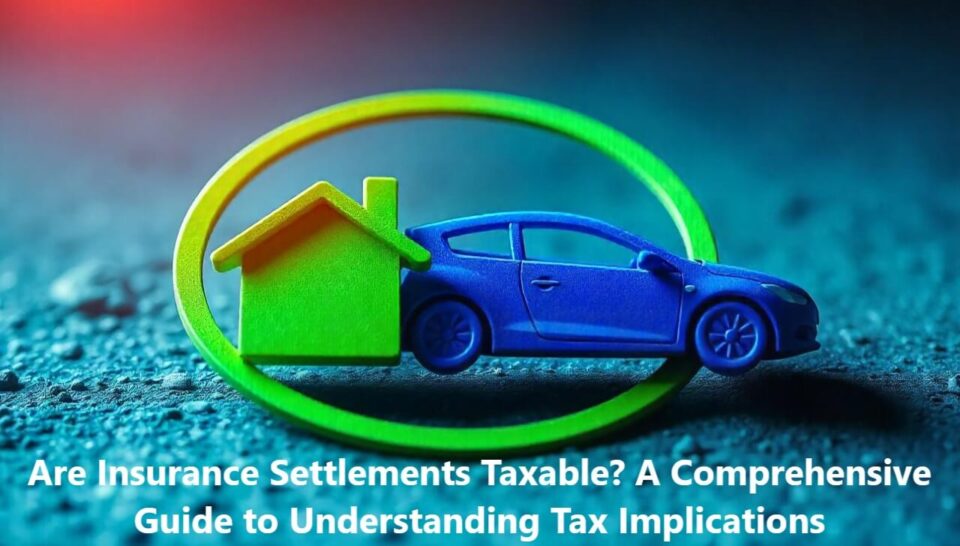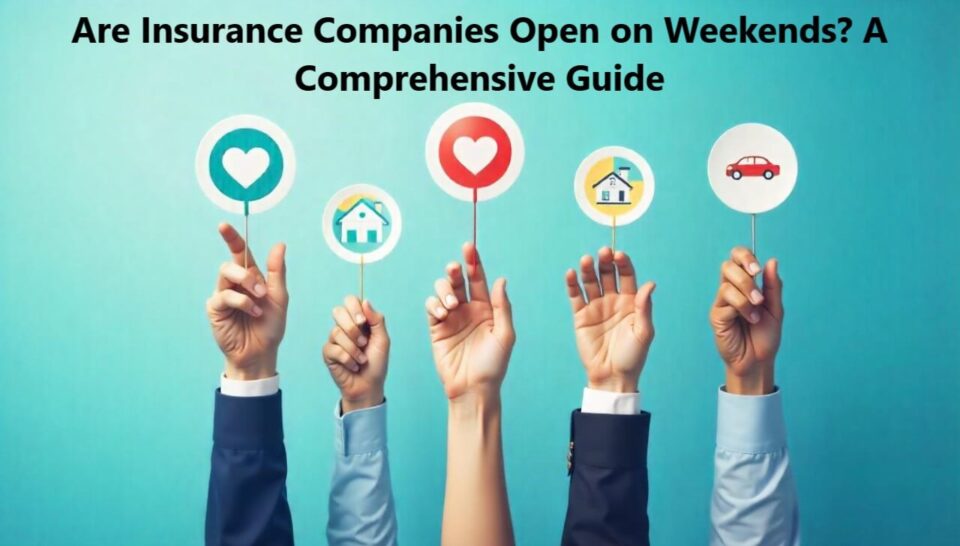Car accidents can be quite confusing, and the hardest part about it is to figure out which company pays who’s who in a car accident. Understanding how insurance works in these cases will save you time, money, and headaches. Here, in this one-stop guide, we’ll break down what is considered to be blameworthy, what insurance policies are processed, and what contributes to blame in car crashes.
Learn More About Who is at Fault in a Car Accident
In a car crash, who pays for damages usually ends up being the driver. Blame depends on the situation and the state of the accident.
Fault-Based vs. No-Fault States
States That are Fault Based: In most states, the driver who caused the accident pays the damages and injuries on behalf of his or her insurance company. This is a “tort” system.
No-Fault States: No-fault states exist in 12 states including Florida and Michigan. Here, all the drivers’ insurance pays for their own medical bills irrespective of the fault.
How Fault Is Determined
- Police Reports: Police’s accident report can be the first source for blaming.
- Factors & Expert Opinions: Eyewitnesses can be relied upon to justify blame.
- Traffic Rules: Violations like speeding, etc., create responsibility.
Insurance Policies and Coverage Types
Insurance policy type dictates what you pay in the event of an accident. Let’s dive in and discuss the different coverages.
1. Liability Insurance
Most states require you to have liability insurance. If you’re at fault, that extends to:
- Bodily Injury Liability (BIL): Other party’s medical bills.
- Property Damage Liability (PDL): Damages to the other party’s car or property.
2. Collision Coverage
Insurance covers the repair of your car, no matter who was at fault. It’s optional but highly recommended.
3. Personal Injury Protection (PIP)
PIP, required in no-fault states, covers your hospital bills, lost wages, and sometimes rehab costs, no matter who is to blame.
4. Uninsured/Underinsured Motorist Coverage
Such insurance can help when the at-fault driver doesn’t have any insurance or not enough coverage.
Scenarios Affecting Insurance Responsibility
1. Single-Vehicle Accidents
The cost of replacing your car is paid by your collision insurance, in case you collide with a tree, pole, or other obstruction. But if the accident was caused by an unsafe road, then perhaps the local authorities should be to blame.
2. Multi-Vehicle Accidents
If the accident involved multiple vehicles, fault can be distributed among the drivers. This is what’s called comparative negligence:
- Pure Comparative Negligence: All sides incur equal damages based on the percentage of fault.
- Adapted Comparative Negligence: You are only responsible for damages if you are 50-51% guilty.
3. Accidents Involving Commercial Vehicles
The trucking company’s insurance is liable for an accident with a commercial truck.
4. Hit-and-Run Accidents
Uninsured motorist insurance is essential in these cases as it will pay for damage if the other driver can’t be identified.
How to Proceed After a Car Accident
In order to have an easy time submitting an insurance claim, follow these steps after an accident:
- Make Sure You’re Safe: Inspect for injury and move to a safe zone if possible.
- Contact the Police: Report the crime to the police.
- Share Data: Gather data such as names, insurance companies, and registration numbers of the cars.
- Snapshots: Photograph the scene of the crash, vehicle damage, and the conditions of the roadways.
- Report It to Your Insurance Company: Let your insurance company know about the accident right away to get a claim started.
When to Seek Legal Assistance
Contact a personal injury attorney if there’s a dispute about fault or poor coverage. They can:
- Talk with insurance companies to make them negotiate for you.
- Assist you in filing a lawsuit if you need to.
- Ensure fair payments for injuries and damages.
Tips to Avoid Insurance Disputes
- Always drive slow and with caution.
- Keep up with your insurance policy so that you have enough coverage.
- Add on uninsured/underinsured motorist coverage for extra security.
Final Thoughts
You need to know who pays whose insurance policy in a car accident in order to maintain your financial and legal rights. Whether you are in a fault or no-fault state, knowing your rights and options for coverage can be a game-changer. Make sure you’re ready by having enough coverage and stepping up after an accident.
When you are educated, you will react to auto accidents better and get the amount of money you deserve.








